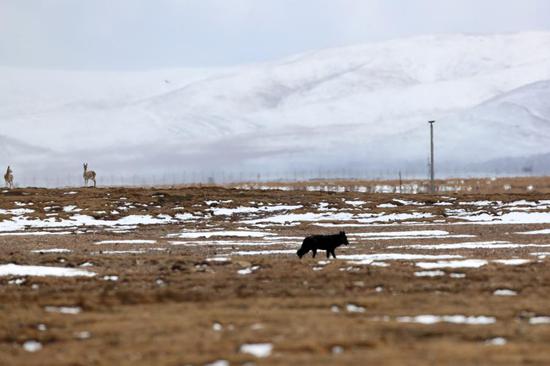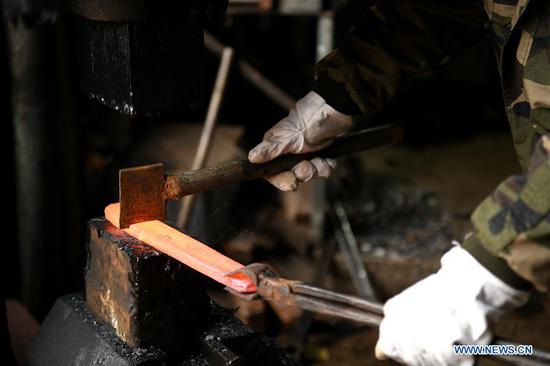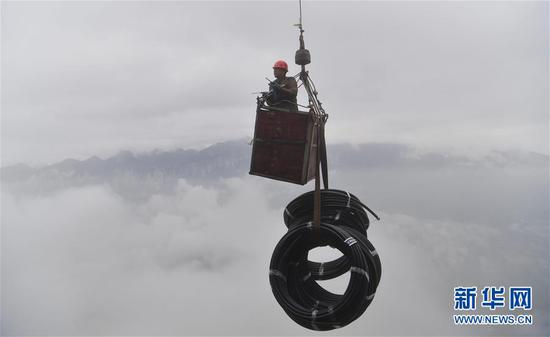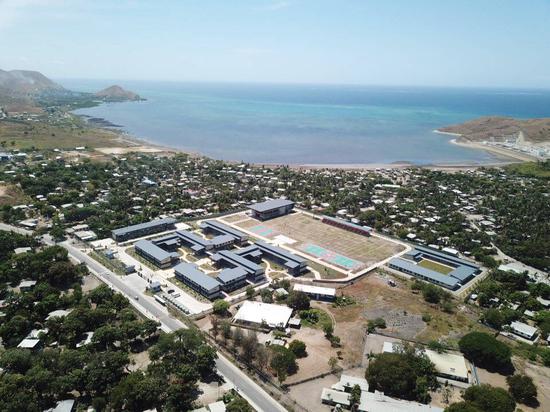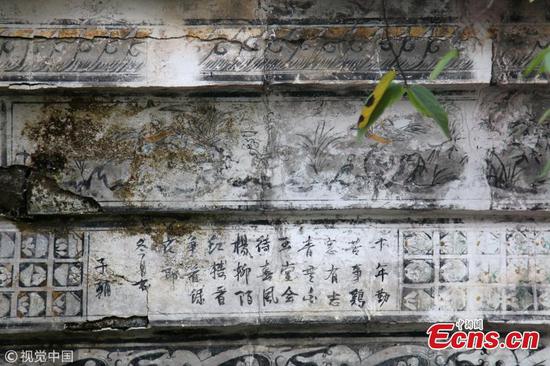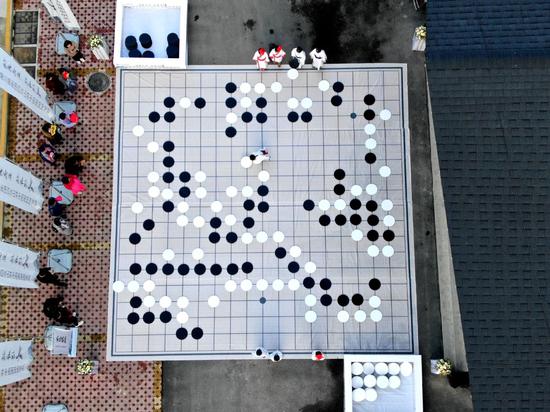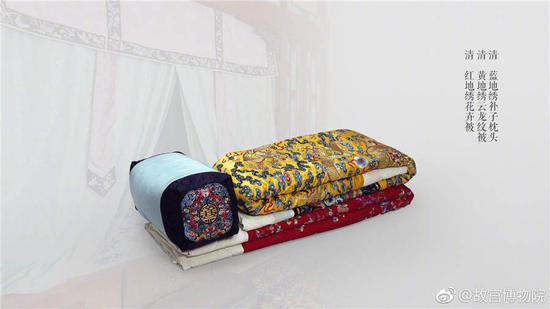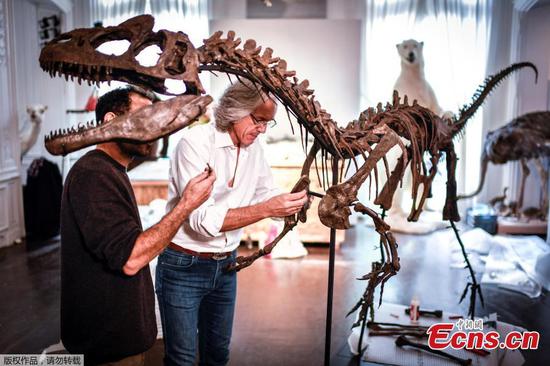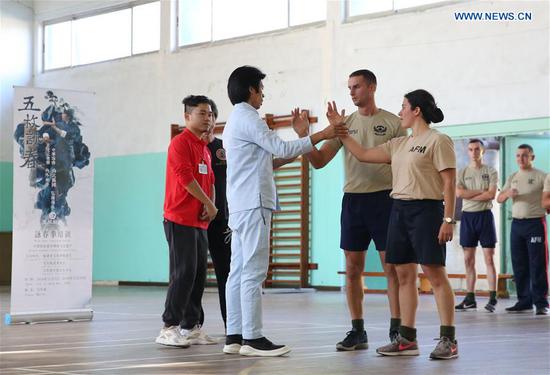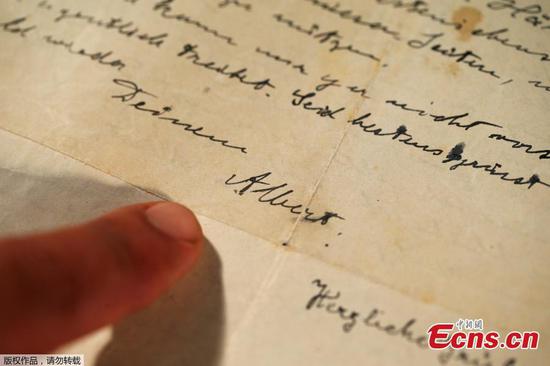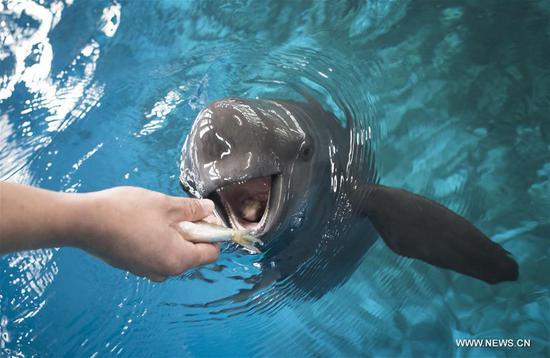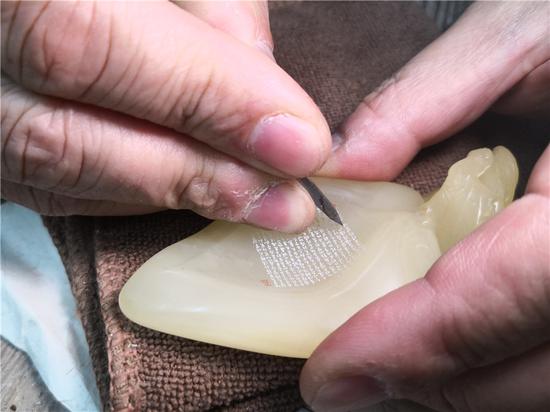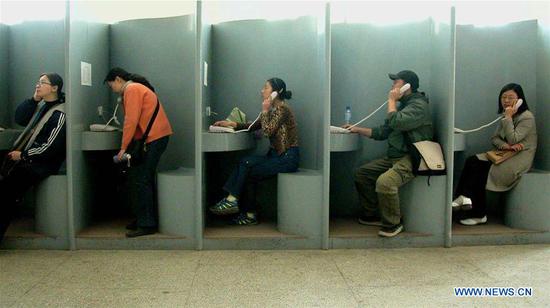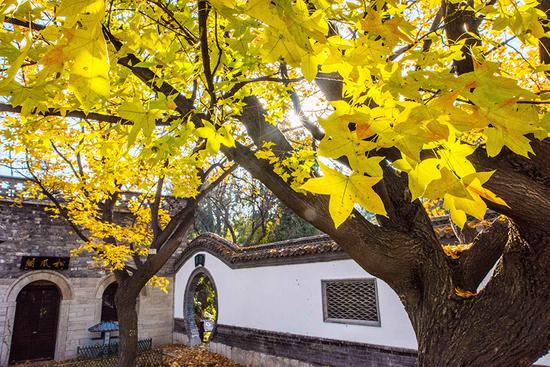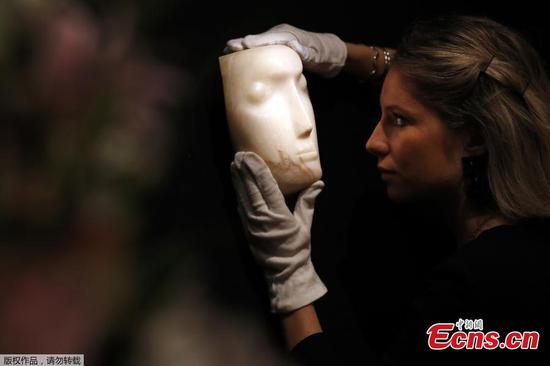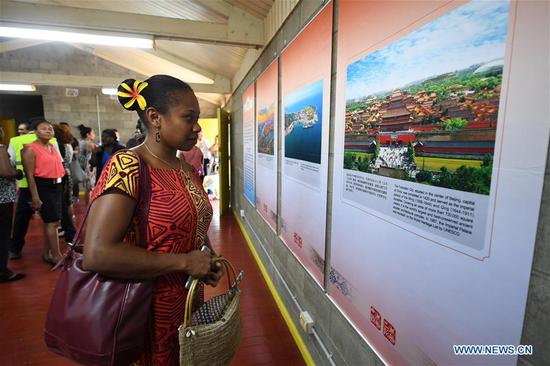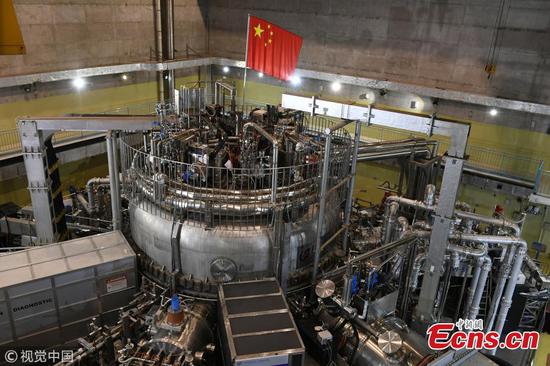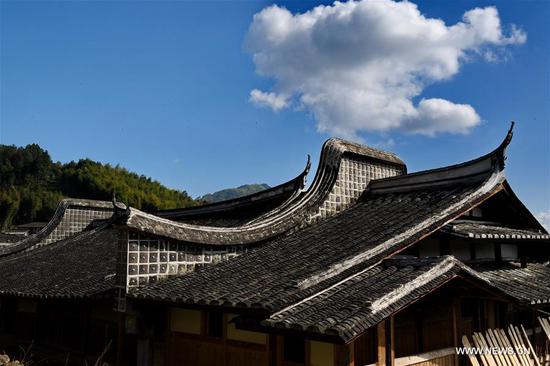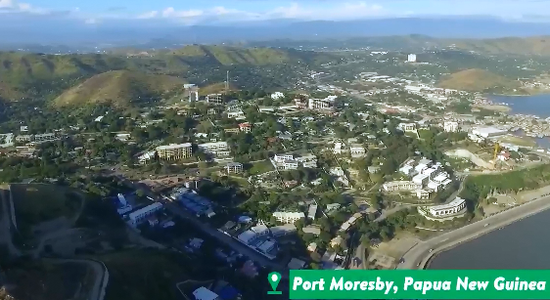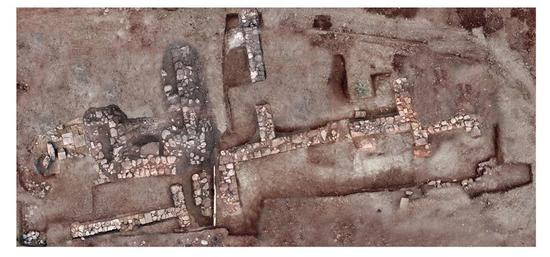
File photo taken on Oct. 31, 2018 shows the eastern side of the excavated area with remains of the ancient city of Tenea in Korinthos, 100 kilometers west of Athens, Greece. Greek archeologists brought to light new significant finds that cast light on an ancient city in Korinthos, that was only known from historical sources, Greek Culture Ministry announced in a statement on Nov. 13. (Xinhua/Greek Culture Ministry)
Greek archaeologists brought to light new significant finds that cast light on an ancient city in Korinthos, 100 kilometres west of Athens, that was only known from historical sources, Greek Culture Ministry announced in a statement on Tuesday.
Remains of buildings from the ancient city of Tenea which refer to the Hellenistic and Roman times, were unearthed along with coins, jewellery, vases, and household pottery, the statement read.
The excavation team headed by Dr. Elena Korka, found a 672 square meters building with organized halls, walls and door openings. Floors made of clay, marble and stone were found as well.
Also in one of the spaces, a section of clay pipeline of 3.5 meters length was discovered, while a large number of coins from the Roman period (2nd-3rd century AD) were collected that revealed that the settlement was economically developed at that time.
During the excavation held from September to early October, the archaeologists conducted research on a cemetery of Hellenistic and Roman times in the area.
According to the statement, they identified seven new tombs in the burial ground in which there were remains of two men, five women and two children.
The tombs contained pots, gold, bronze and bone jewellery, coins, among others. More specifically, a ring depicting Sarapidus sitting on a throne, and next to him Kerberos, the dog of ancient times with the three heads, stands out between the findings, as well as three coins of the Roman era (44-40 BC), a Corinthian coin of the second half of the 6th century BC and a silver coin of the first half of the 5th century BC.










